Scapa Flow is a natural harbour between the north of Scotland and the Orkney Islands. In late 1918, the German High Seas Fleet arrived in Scapa Flow for internment. At the end of the war, believing the British intended to seize the fleet, Rear Admiral Ludwig von Reuter gave the order for every ship to be scuttled.
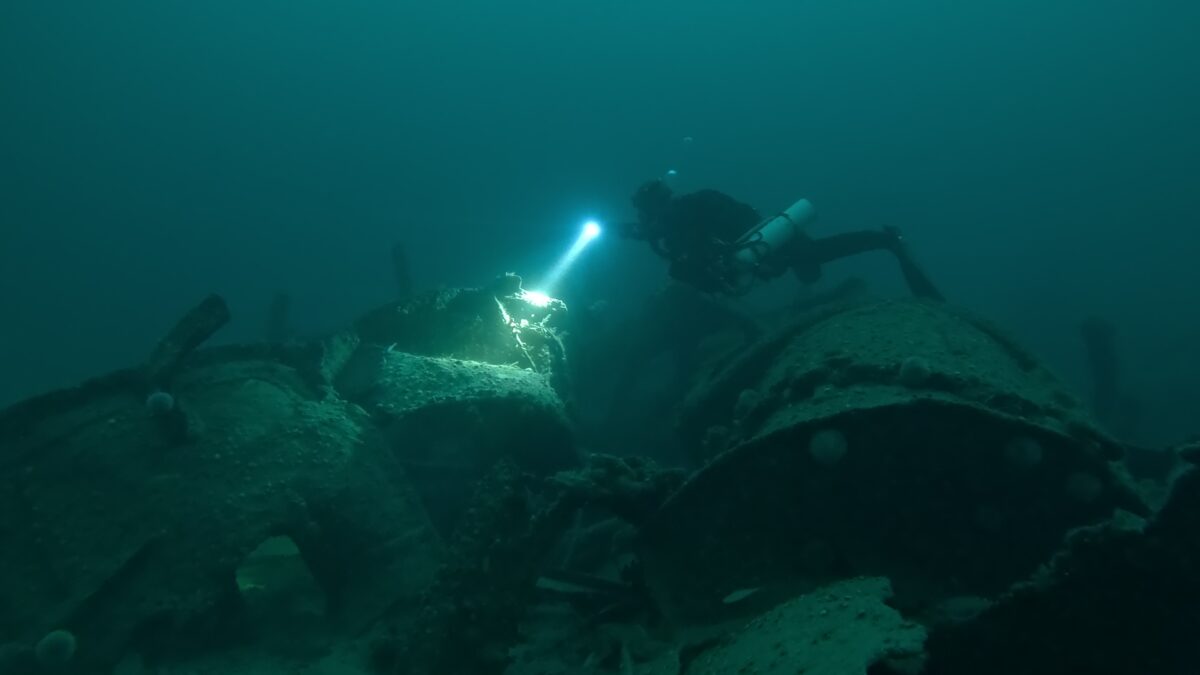
In one of the most extensive salvage operations in maritime history, the majority of the scuttled ships of the German High Seas Fleet were raised. Of the 52 ships that sank, only 7 remain beneath the waters of Scapa Flow: 3 battleships, 3 light cruisers and a mine-layer, at depths between 12 – 45 meters.
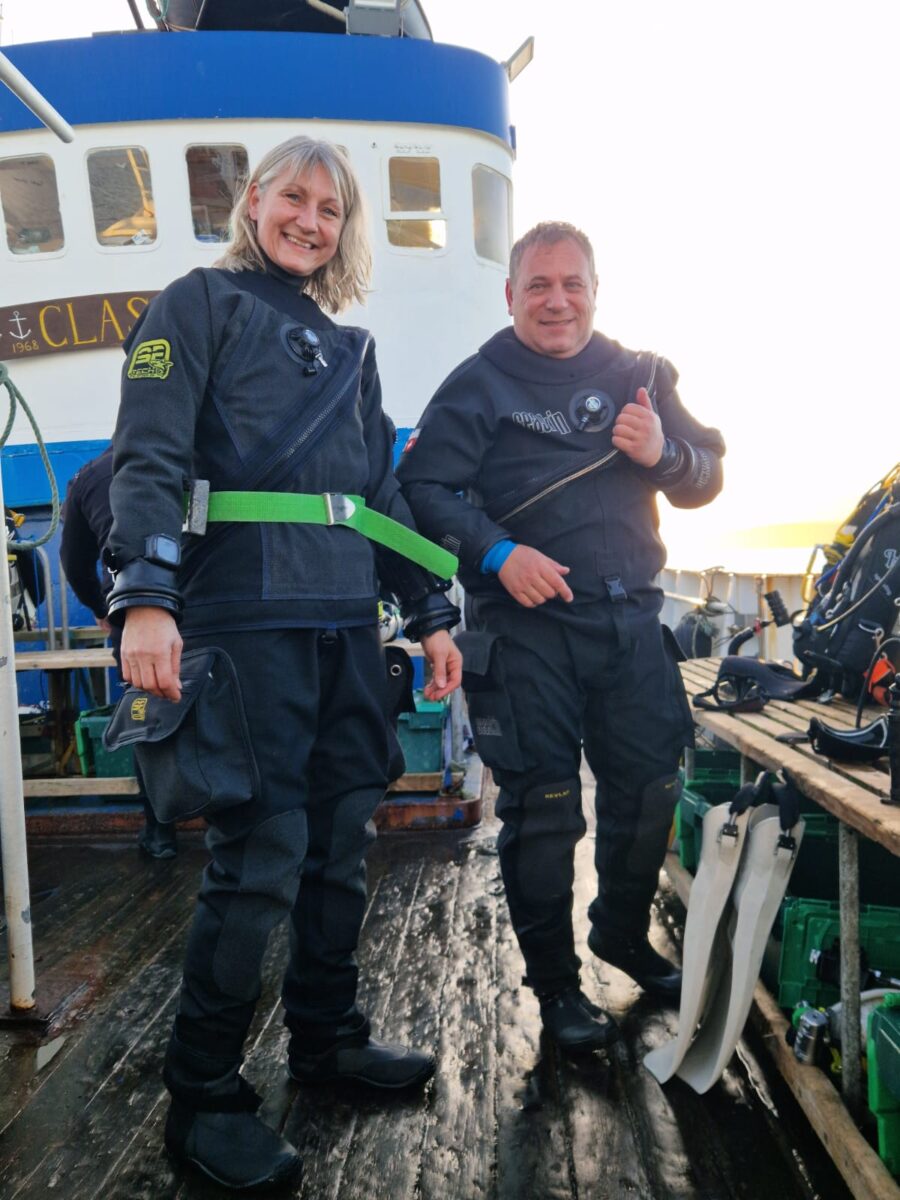
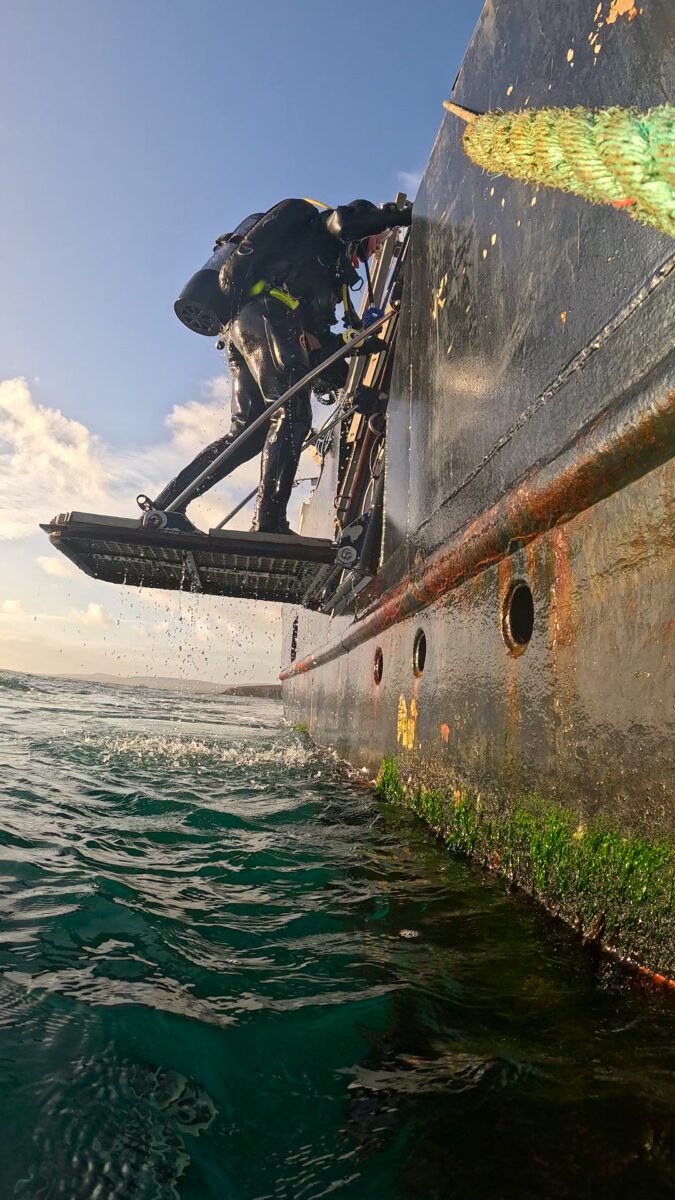
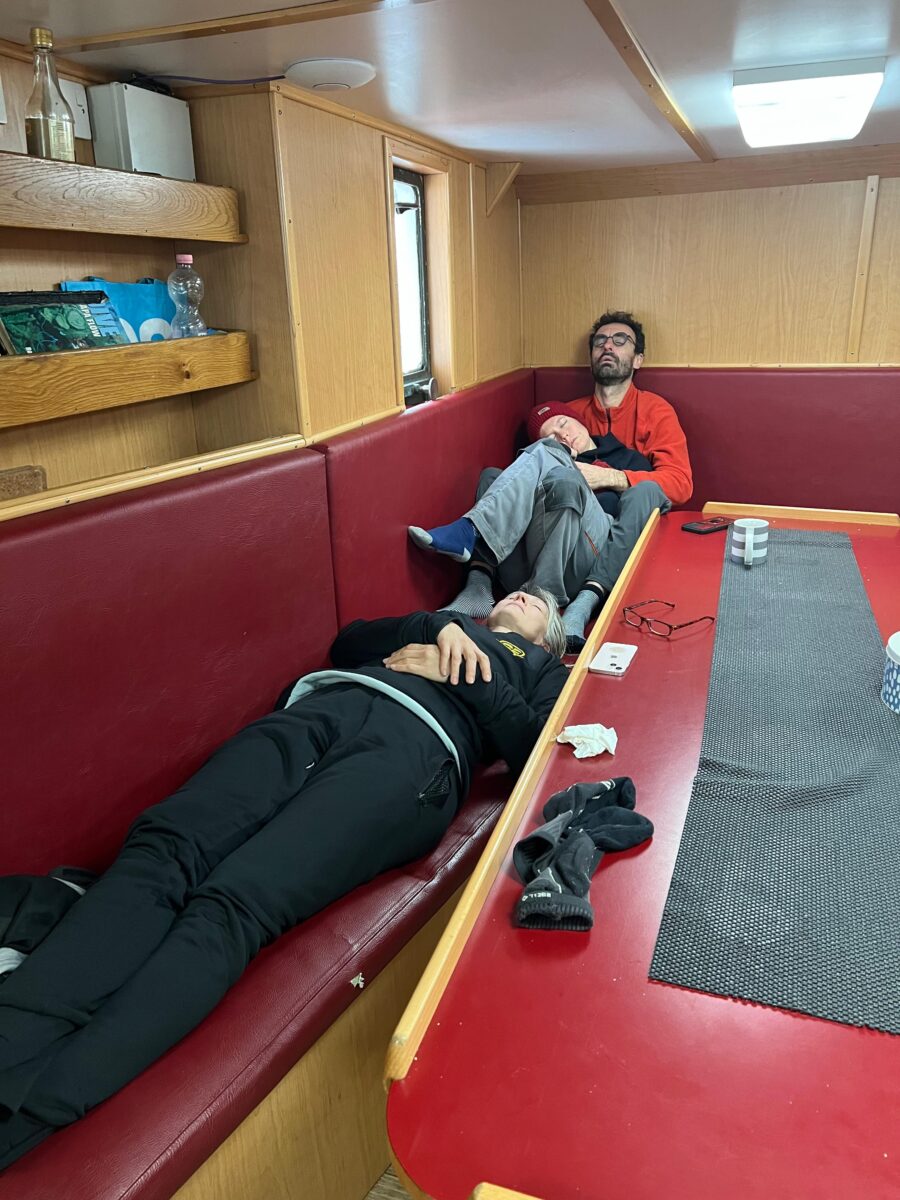
I spent a week diving these wrecks, onboard Bob Anderson’s boat, the Clasina. Bob looked after us alongside his fantastic crew of Andy, Craig and Tash. We were a group of divers from Ireland, Scotland, France and Switzerland and, as is the way with liveabord trips, what began as polite conversation about general diving on day 1, ended as familiar jokes and quips, from the closeness that comes with a week of ups and downs together on the water.
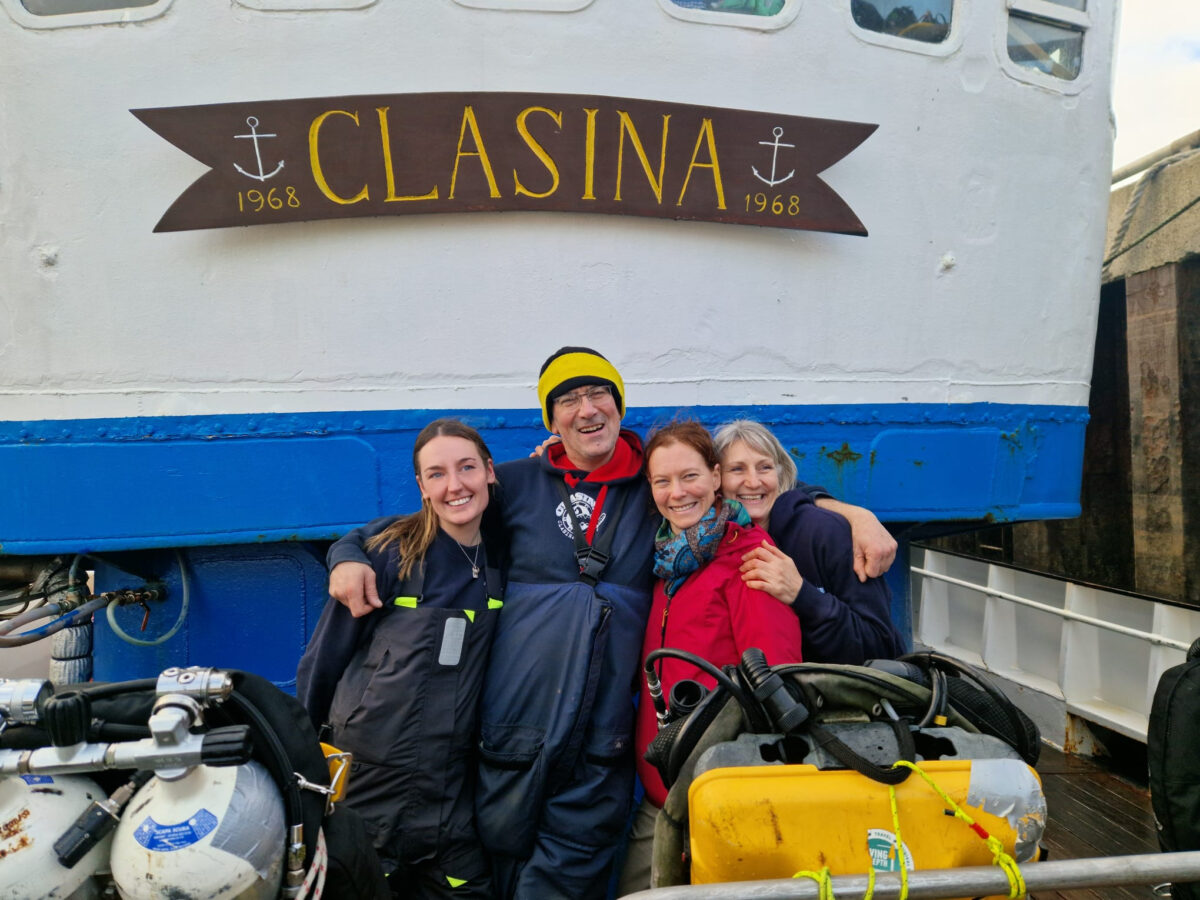
I have never been too much of a history anorak, but I was both moved and amazed by the sight of these wrecks, their sheer size and majesty under the water. As Scapa Flow is sheltered, there is a limited movement of water within it, causing poor visibility. Alongside the lack of light at their depths, the wrecks reveal themselves to you slowly, growing larger and more imposing, towering taller above you as your eyes adjust.
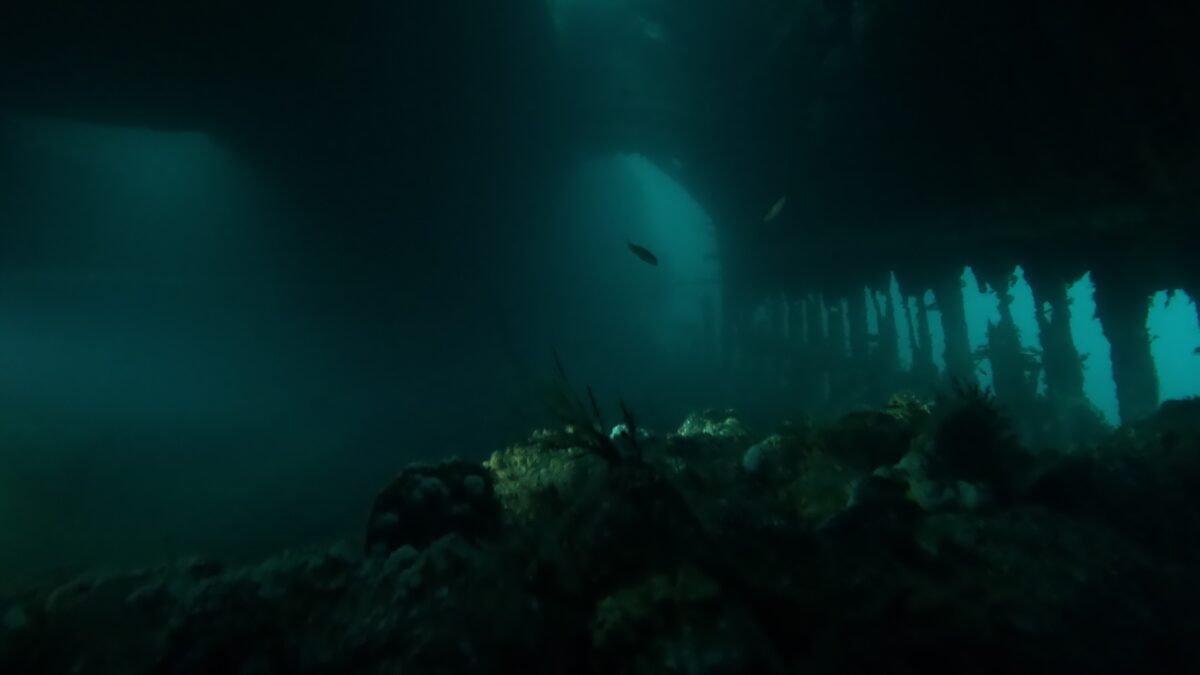
Despite my assumption that I wasn’t much ‘into’ history, I found myself more curious about the stories of these ships, their crew, and the circumstances leading them to be sitting as they do now, silent under the sea. There were a number of books about Scapa Flow on the boat, and I began to read them between dives, to gather more context for the next wreck before the dive. Despite my growing interest in the details, most parts of the wrecks, once I was down there, looked like a jumble-sale of scrap metal!
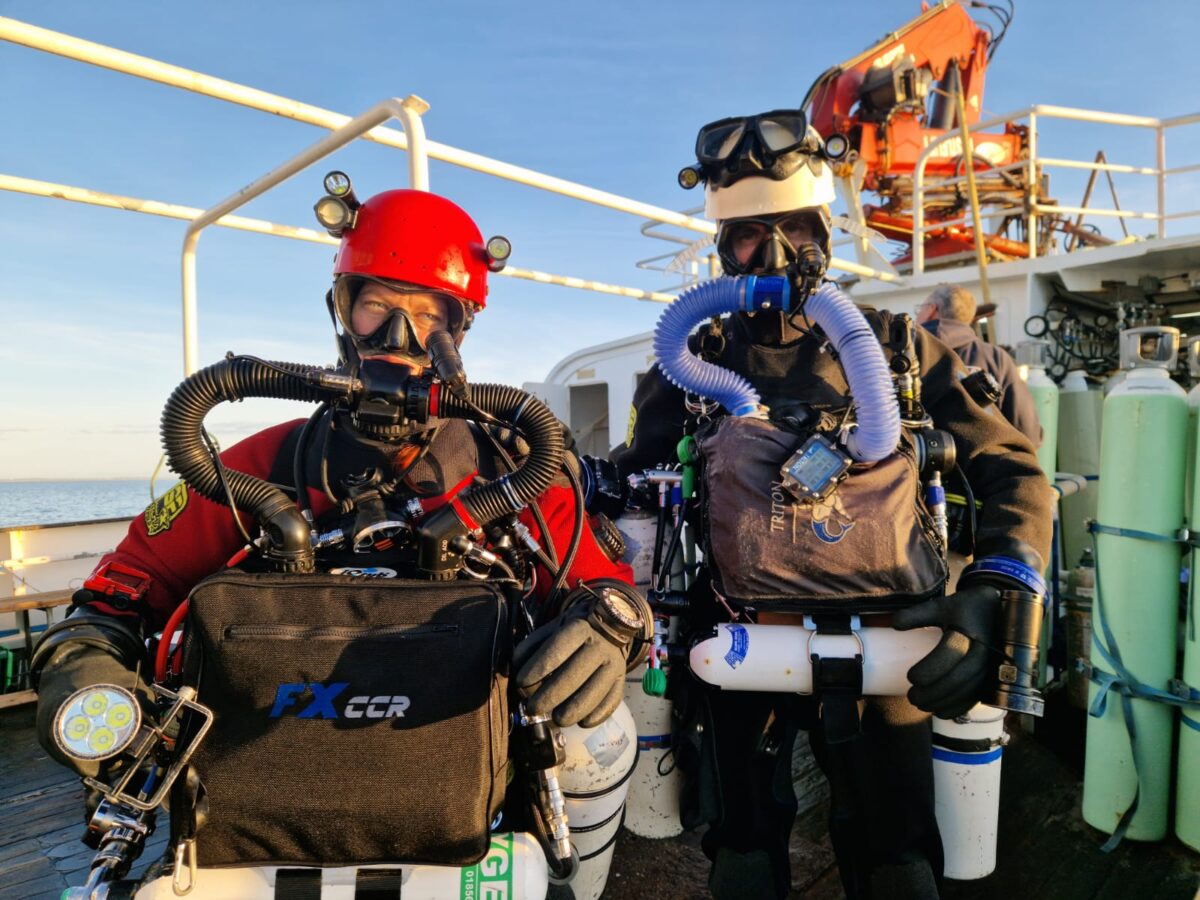
Our skipper, Bob, gave excellent and details briefings, drawing parts of the wreck on a whiteboard, and giving advice on how to spot certain elements. On deck, I felt I had a reasonable grasp of the layout but once I hit the water, it all seemed to dissolve. There is a lot of damage to the wrecks as parts of them had been blasted open for the precious non-ferrous metals to be salvaged. Areas can be messy and to the unacquainted eye, unrecognisable. My buddy’s sign language helped a lot here. As futile as most underwater communications are, ‘that’s a gun’ is a pretty easy message to get across without words!
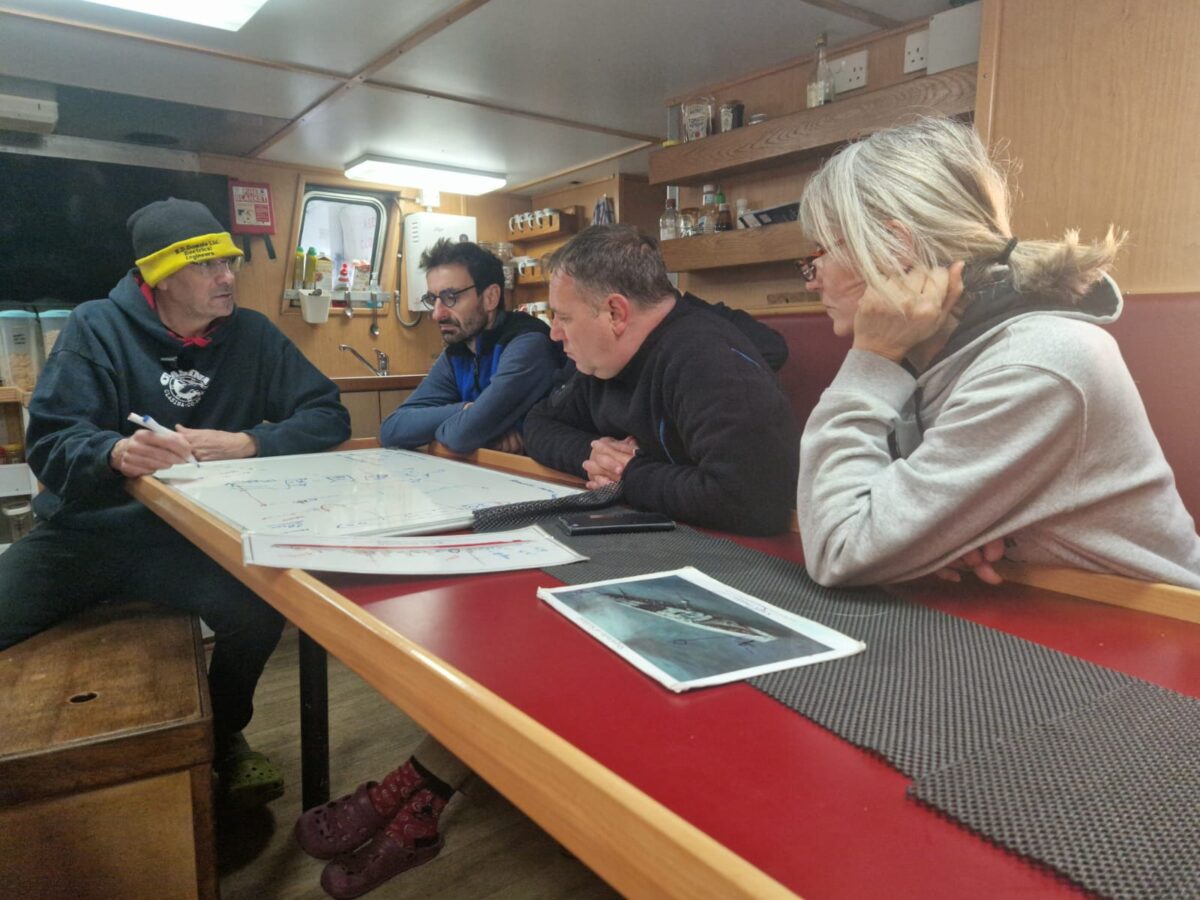
My favorite dive was the Markgraf, a battleship which lies almost completely upturned on the seafloor. I’m not unique in my preference, as the Markgraf remains in superb condition and is often considered the ‘jewel in the crown’ of the wrecks at Scapa. This wreck has distinct and in-tact features that are undeniable, that even I couldn’t miss! The ‘gun-run’ is a succession of 7 casemate guns in a line on deck level, some are more easily distinguished than others (I’ll have to come back again at find the 3 I missed this time!)
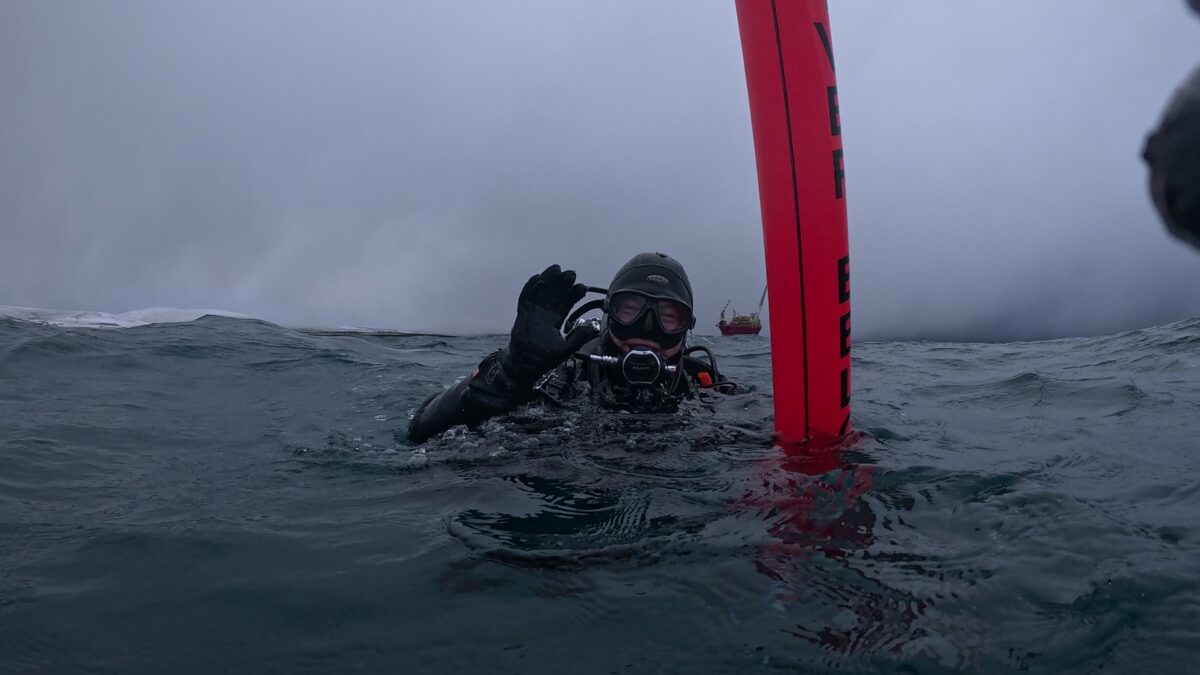
At the stern of the Markgraf are her twin rudders, around 3.5m high, rising straight up from the upturned hull. Finned through between these rudders was a special moment for me, towering above me as they were, untouched by time and decay.
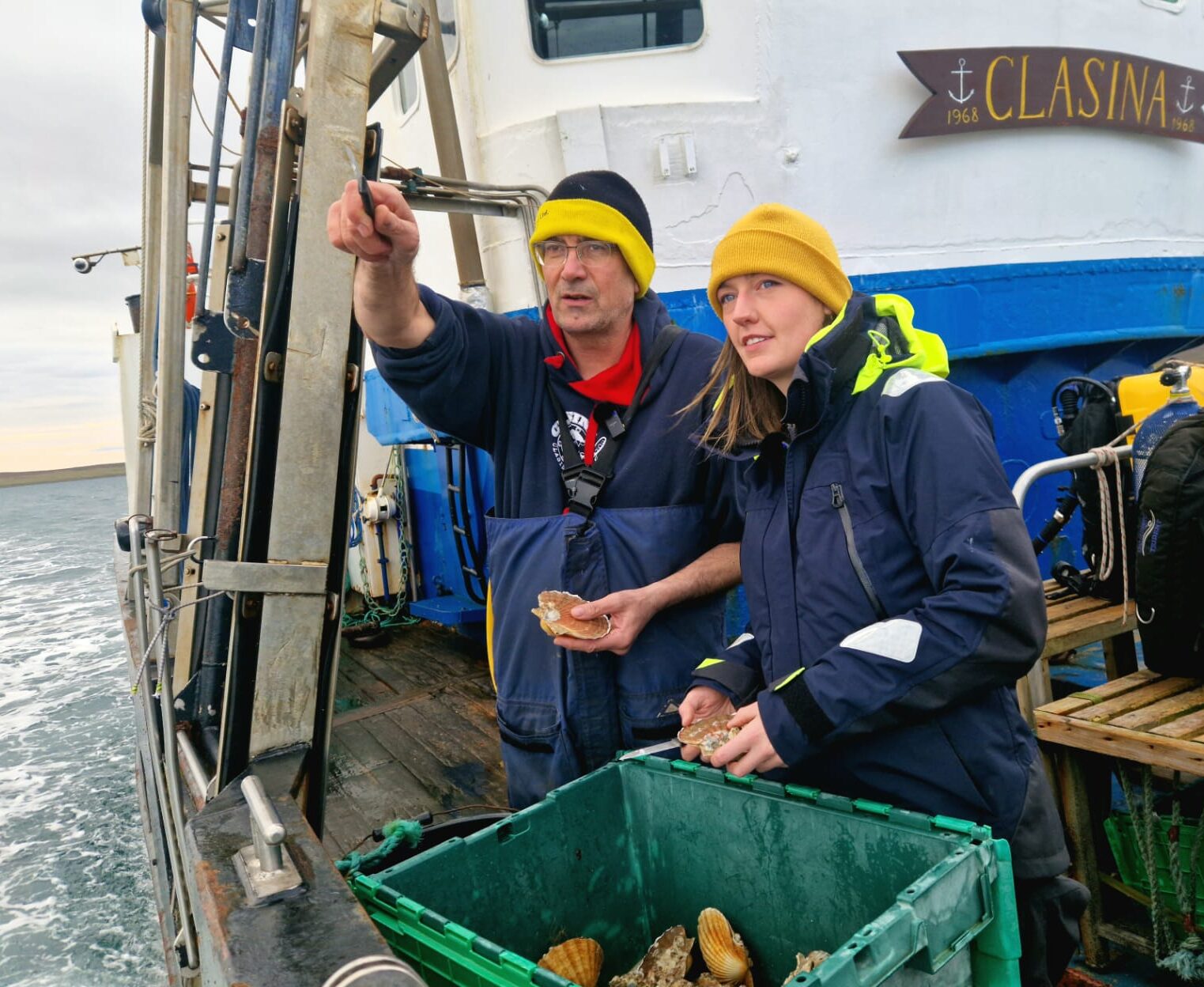
This week in Scapa was more than the diving. The atmosphere of Orkney, with its history of explorers taking off from its humble shores for ambitious, daunting journeys. A visit to the graveyard in Kirkwall—where the headstones of young men stood in uniform rows, just as they once did in formation, was a reflective moment during an otherwise fast-paced week.
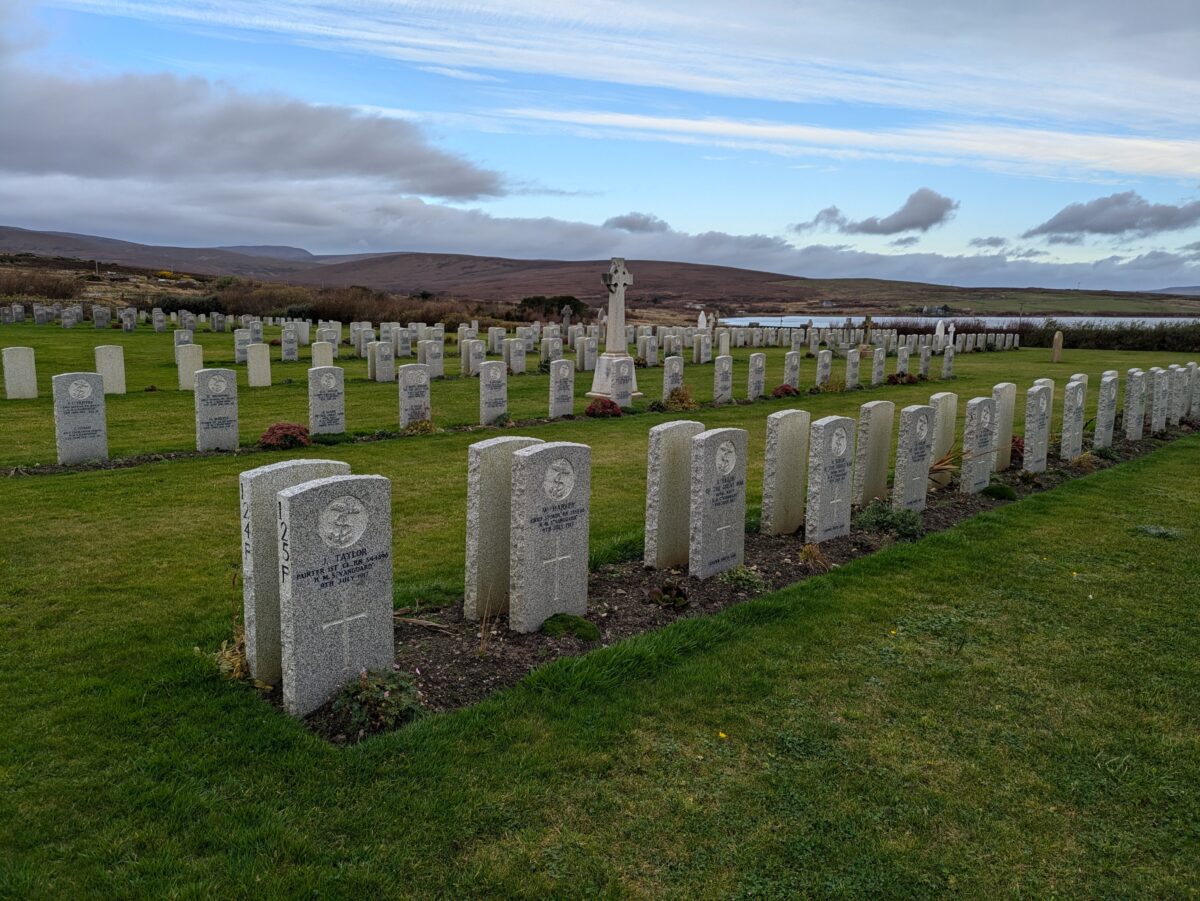
We took a visit to Kevin Heath who generously gave us a tour of the hyperbaric chamber he operates. Kevin also tirelessly researches the history of shipwrecks in the area and records his work on the website ‘Lost in Waters Deep‘. It was a pleasure to meet him and we were all fascinated to see his side-scan sonar work, which revealed a different perspective on what we had been exploring under the water.

This was a significant trip for me on my internship journey. Not simply on account of doing some amazing, challenging diving in an iconic place, but reflecting on the experience manifested into an essay that became the first episode of Maritime Radio.
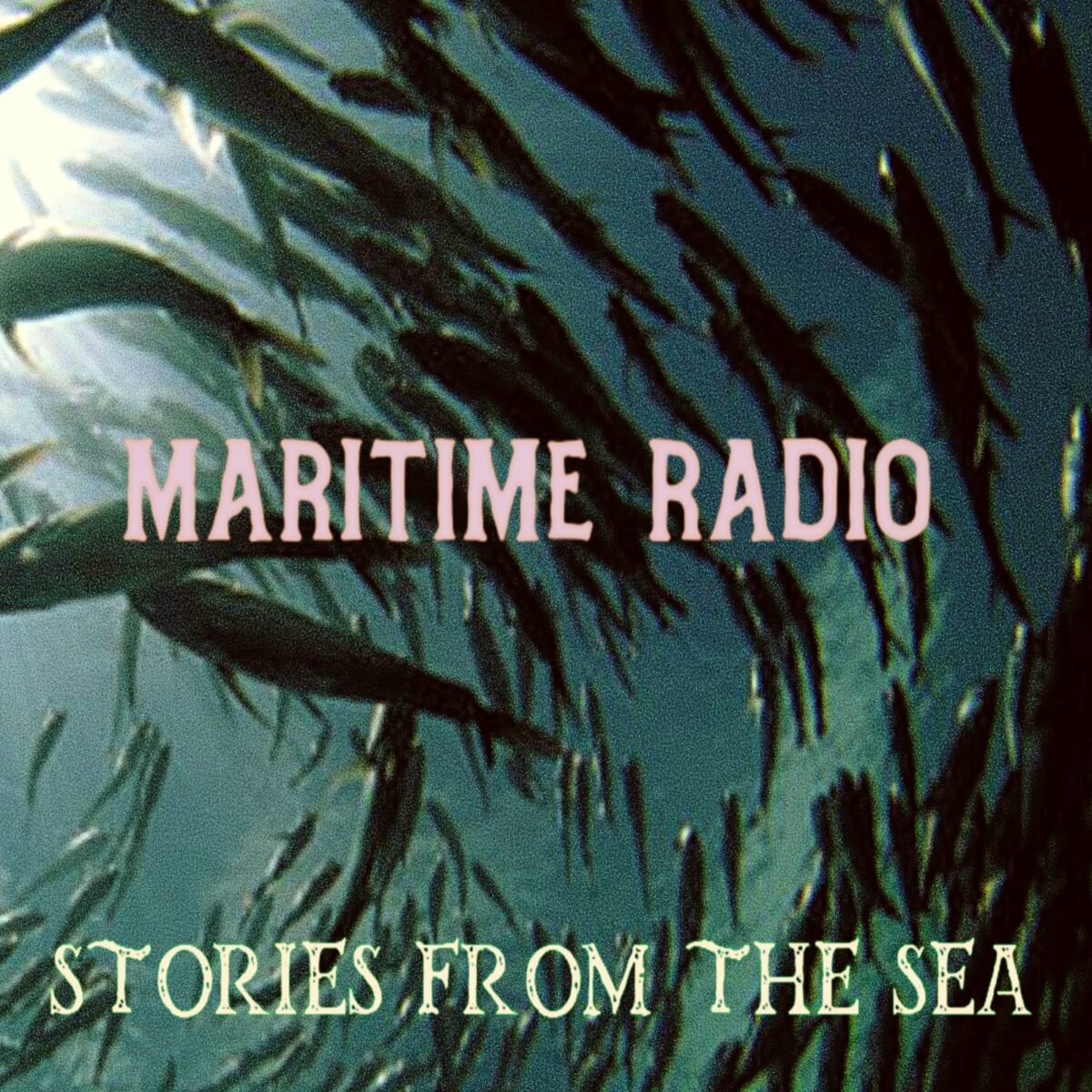
Producing Maritime Radio, a podcast of ‘stories of the sea’ was always my ambition for my internship year and although I had been recording as I went along, I felt uncertain about elements of it and the files had been sitting, unedited, on my computer.
Over a couple of evenings on the Clasina, Bob and I sat in the wheelhouse and talked about my podcast idea. It was lovely up there, the boat gently swaying, tied up on the pier in November darkness, warm away from the wind outside which was rattling through rigging. These conversations and Bob’s advice helped me get my head around what I wanted the podcast to be and finally put it out there. I’m delighted to be able to share it with you here: https://open.spotify.com/episode/03HxDRZDdwfUUKD5G4tXCH?si=d7508c74fcbf4f50
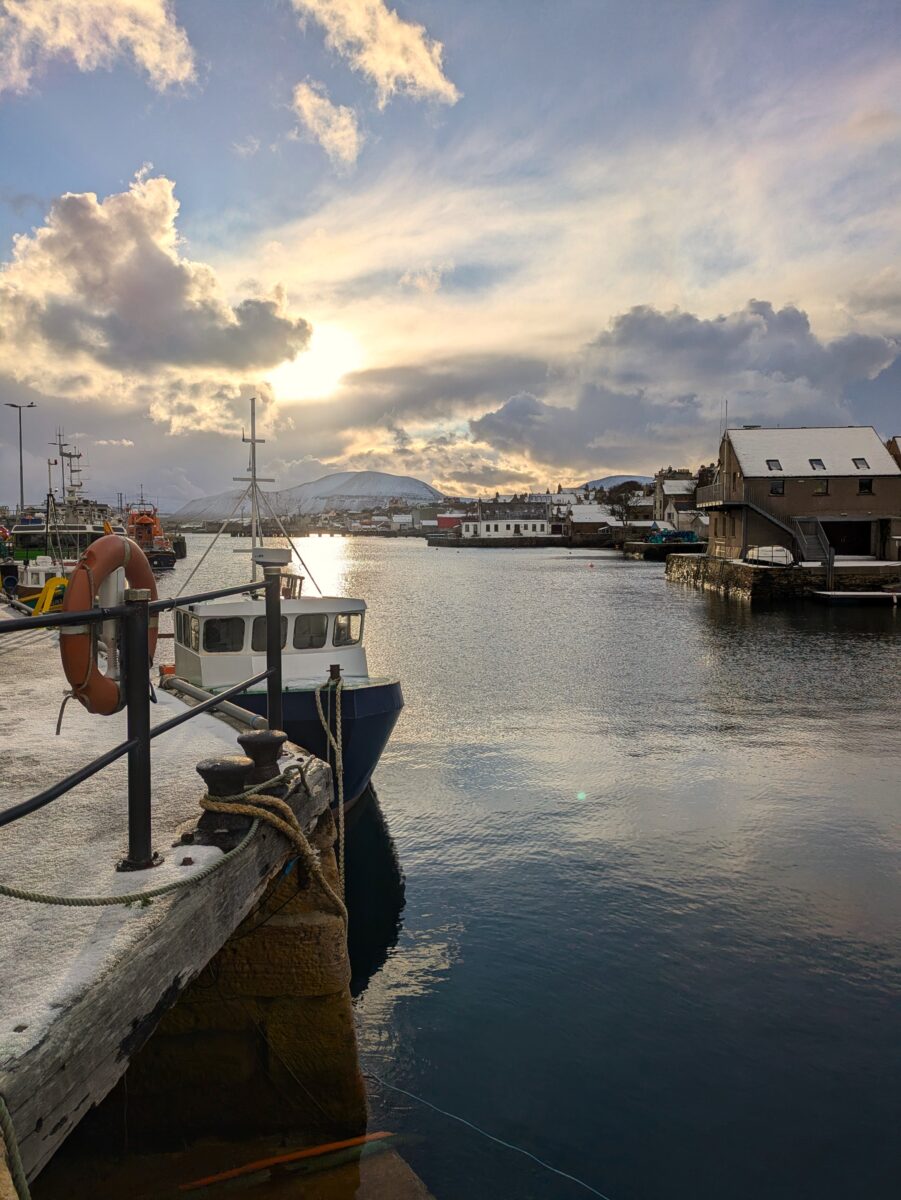
My sincere thanks to Bob Anderson and his crew for a wonderful week of diving at Scapa Flow. My coordinators Jade, Saeed, Rich & Jim for guiding me and making it all happen. To the Our World Underwater Scholarship Society for this wonderful opportunity. Thank you to my sponsors: Fourth Element, SUUNTO, Aqualung, Apex, PADI, DAN, and GoPro for your support throughout my journey.